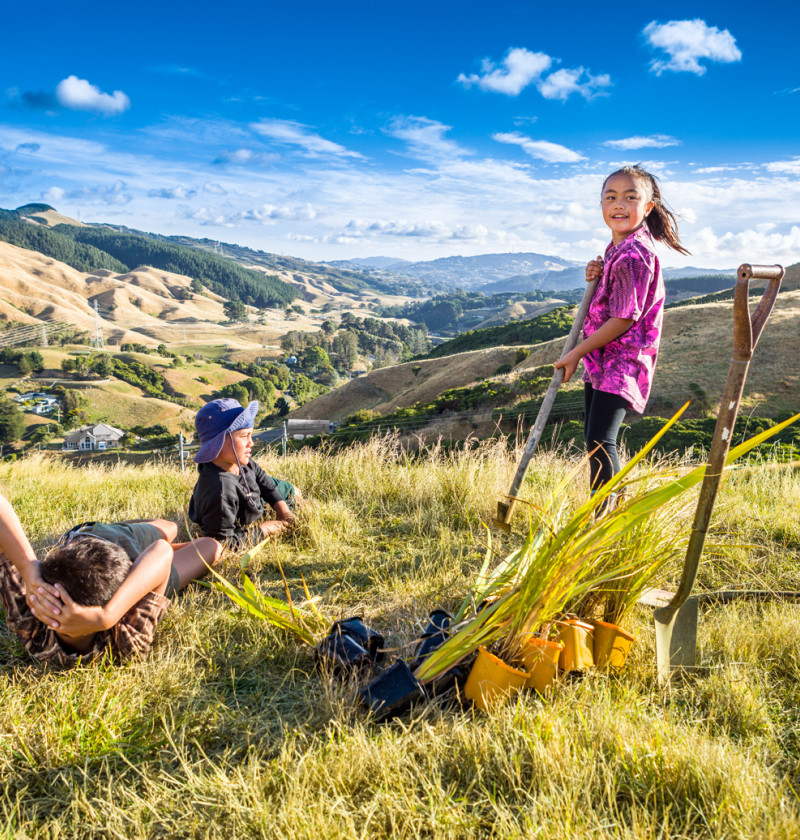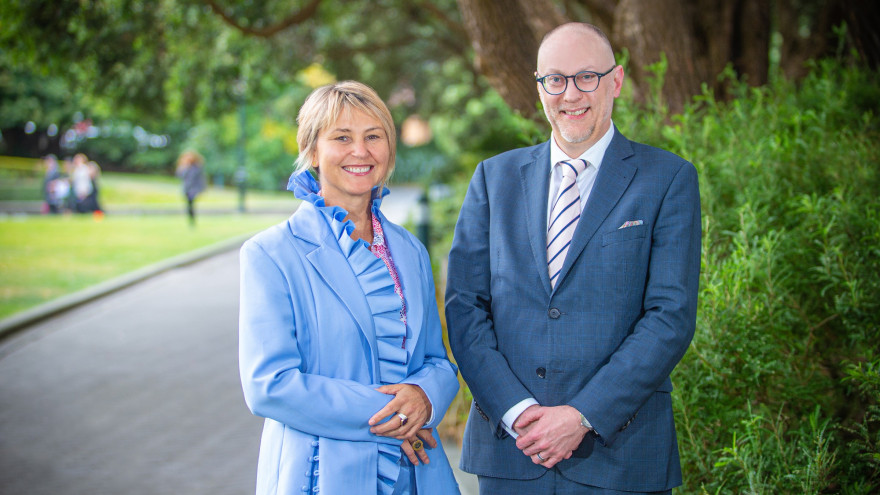Message to readers

Whenua – land – is the foundation of our environment and the connection between the atmosphere, climate, freshwater, and ocean. Its forms are diverse, complex, and in some places, highly modified. Choosing where to focus an environmental report such as this is therefore challenging.

A previous report, Our land 2018, documented what we know across a breadth of issues affecting the land resources, ecosystems, and species of Aotearoa New Zealand. This report is different. It zooms in on a single issue: how intensively we are using and managing our land. This issue emerged as the most pressing when the spatial extent and scale, magnitude of change, irreversibility, and impact on the things we value was considered.
Decisions about how we use and manage land start before we even step on the soil. Landowners, hapū, local communities, and councils have a role, but so do we. The choices we make about what to eat, what to buy and sell, and where to live are driving the type and intensity of land use in our country. Every generation leaves a legacy on the land according to the choices they make.
Our land is finite and in demand. Some land is particularly good for food production, but if that land is unavailable for agriculture (because we have built houses on it), other less productive land has to be used. This can involve the use of more fertiliser and irrigation to ensure good yields but risks damaging the quality and health of the soil as well as the wider environment.
Discerning the impacts of our land use and management is complex because of the connections and interactions that occur across multiple parts of the environment. While a set of new and updated indicators provide important information about the changes that are occurring to New Zealand’s land and soil, significant gaps remain. Better and more targeted data is needed, particularly to understand the impact of intensive land use on native ecosystems.
We still have an incomplete picture of the effect of our land-based activities on the environment and our wellbeing. Building this picture is an urgent task as future New Zealanders are likely to face more uncertainty and greater pressure to make good decisions than we do. They will have to contend with a changing climate and a growing population to feed, both here and overseas.
Land is our tūrangawaewae, our place to stand. It is on loan to us for just a fraction of its ecological journey through time. Our collective challenge is to ensure our decisions today consider both the whole environment and the future generations into whose hands we will entrust this most precious asset.
Vicky Robertson Mark Sowden
Secretary for the Environment Government Statistician

Message to readers
April 2021
© Ministry for the Environment